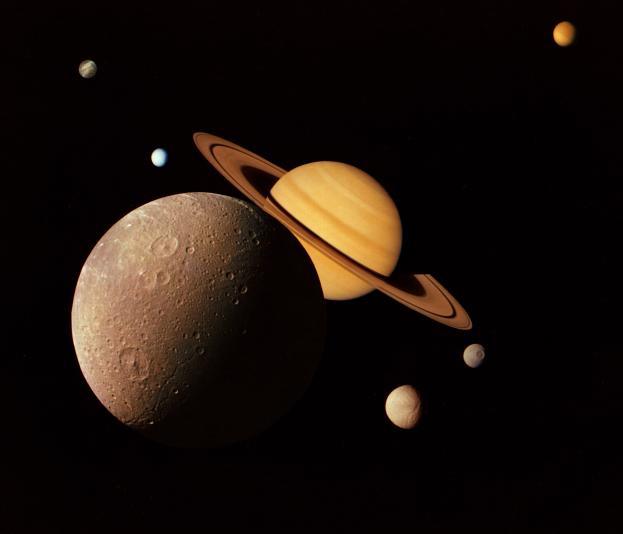Density is a measure of how much mass an object has in a given volume. In other words, it is a measurement of how compact an object is. The more compact it is, the more density it has. The formula for calculating the density of an object is:
density = mass/volume
Notice how this formula looks like a heart, with the M forming the top of the heart, and the V forming the bottom. Thus in order to calculate density, you must first find the mass of the object. To learn how to do this, search for an article or video on this website about mass (we have both). Then you must calculate the volume. Again you can search for an article or video on HandsomeScienceTeacher.com to get help with calculating the volume. Finally divide the mass by the volume to give you the density.
The units of measurement for density are g/cm3. Which is pronounced as grams per cubic centimeter.
The density of an object affects how it sorts itself naturally. More dense objects will sink in less dense fluids, and less dense objects will float in more dense fluids. This is why a density tower is often used to separate different substances. A density tower is a container with layers of different densities, with the most dense layer at the bottom, and the least dense layer at the top.
Another example where substances of different densities sort themselves is with oil and water. Oil is less dense than water, so it floats on top of the water. This is why when you spill oil in the ocean, it creates an oil slick on the surface of the water.
A final example has to do with the layers of the Earth. The Earth’s crust is less dense than the mantle, so it floats on top of the mantle. The mantle is less dense than the core, so it floats on top of the core. This is why when you drill down into the Earth, you first go through the crust, then the mantle, and finally reach the core.
The least dense layer of the Earth is the layer at the very top, the Atmosphere. Which itself is also sorted out by density, with the densest gasses at the bottom near land, and the least dense layers at the top.
This is why a hot air balloon rises. The air inside the balloon is heated, making it less dense than the colder air outside the balloon. This causes the balloon to float up into the sky. It is also why a helium balloon rises. The helium inside the balloon is less dense than the air outside the balloon, so it rises.
Now that you understand how density affects how things sort themselves naturally, try doing some experiments to see it for yourself! Try making a density tower, or separating oil and water. Have fun and learn something new!






